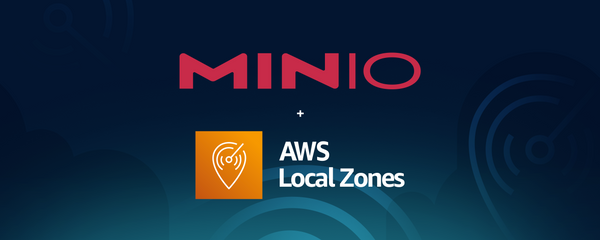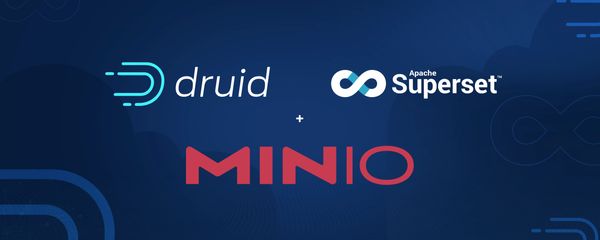AIStor Adds Support for the S3 Express API

AIStor S3 Express is a high-performance object storage API designed for demanding data lakehouse workloads. Benchmarks show it outperforming AWS S3 Express on LIST operations and large object GETs.
Read more

















